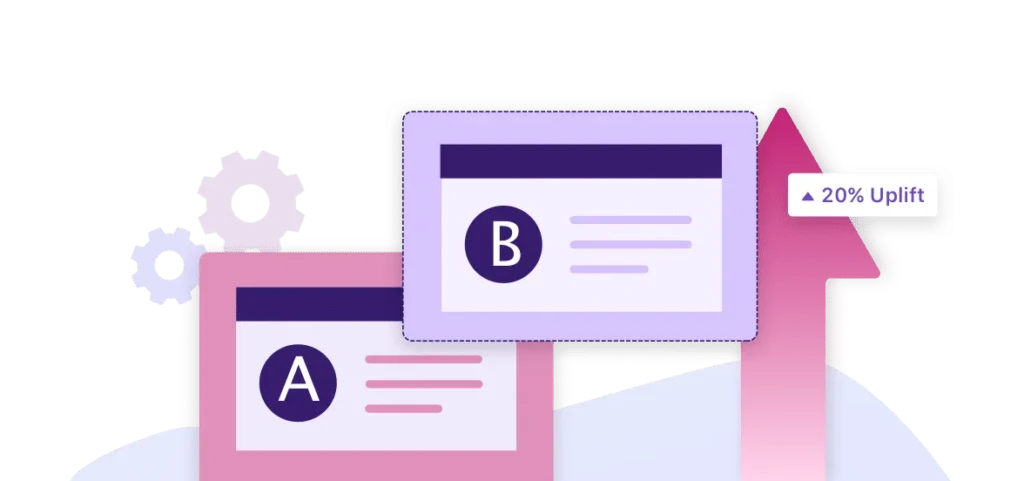In the digital landscape, the success of any online business or website is commonly measured by a key metric known as the conversion rate. A conversion rate is the percentage of website visitors who complete a desired action on your site, such as purchasing a product, signing up for a newsletter, or filling out a form.
This rate tells how effectively your site prompts users to engage in these actions and how well it meets your business objectives. Website optimization is one of the most effective strategies to enhance this rate. This term encompasses a variety of practices designed to improve your website’s performance, usability, and overall user experience.
By refining these aspects, you’re making your site more appealing to your audience and increasing the likelihood that they will engage in a conversion action. Below are some of the best website optimization practices to boost conversion:
1. Increase Website Load Speed
Loading speed, often underestimated, plays a pivotal role in determining conversion rates for any website. It refers to how quickly your website’s content appears on the user’s screen. Studies suggest that as page load time goes from one to three seconds, the probability of a bounce increases by 32%. According to Boldist, today’s internet users expect instant gratification and won’t hesitate to abandon a page that loads slowly, thus reducing your site’s conversion rates.
Several practices can be used to improve site speed and facilitate quick navigation. Firstly, optimize images and other media files, ensuring they are not larger than necessary. You can compress images without losing quality. Secondly, use caching plugins that temporarily store data to speed up load time on return visits. Also, consider implementing a content delivery network (CDN) to host your website files across a network of servers, reducing the distance data travels to reach your users.
2. User-Friendly Navigation

Source: slickplan.com
User-friendly navigation is a critical component in improving conversion rates on your website. Intuitive navigation ensures that users can easily find the information they seek without getting lost or confused. This ease of use directly contributes to a positive user experience, influencing the user’s decision to complete a desired action, thus improving conversion rates.
To improve your website’s navigation, ensure your site structure is logical and straightforward. Consistent and clear labeling of your menu items can drastically reduce user confusion. For example, users should see the different pages on your site and click on them quickly.
Additionally, you can use breadcrumbs to help users understand their location within your site. Breadcrumbs also help users quickly navigate back and forth between pages without too much load time. A search function can also greatly enhance the user experience, particularly for more significant sites. Users can easily find what they want by typing in the keywords instead of manually checking every page.
3. Mobile Optimization
With an ever-increasing number of consumers using mobile devices to access the internet, having a mobile-optimized website is no longer a luxury but a necessity. If a site is mobile-friendly, it can be smooth for users to navigate, leading to high bounce rates and low conversion rates. In contrast, a site optimized for mobile provides a smooth, user-friendly experience, encouraging users to stay longer, engage more, and ultimately convert.
Creating a mobile-friendly website involves several key steps. First, ensure your website design is responsive. A responsive design will adjust automatically to fit any screen size, providing a good user experience whether your visitor uses a desktop, tablet, or smartphone. Secondly, make your site touch-friendly.
All buttons and links should be easily clickable with a thumb or finger, and users should not need to zoom in to read text or view images. Finally, keep your site’s layout simple and its content concise. Mobile users typically want to find information quickly and easily, so avoid clutter and focus on what’s most important.
4. Conduct A/B Testing

Source: vwo.com
A/B testing, or split testing, is a powerful optimization technique that can significantly impact conversion rates by allowing website owners to compare the effectiveness of two or more variations of a single element. This process involves presenting two different versions of a web page, design element, or marketing message to different segments of the target audience and then analyzing the performance of each version to determine which one yields the highest conversion rate.
By making data-driven decisions based on the results of A/B testing, website owners can identify and implement the most effective strategies to optimize the user experience and drive desired actions. When conducting A/B testing, identify a clear and measurable objective for the test, such as increasing sign-ups, sales, or any other conversion metric.
Next, select the element or elements you want to test, such as headlines, images, or call-to-action buttons, and create variations for each. Ensure that the changes are significant enough to impact user behavior. Then, use an A/B testing tool to randomly and equally divide your traffic between the different variations and allow the test to run for sufficient time to collect statistically significant data. Finally, analyze the results and implement the winning variation, continually iterating and testing new hypotheses to optimize your website further and boost conversion rates.
5. Have A Clear Call To Action
Clear and compelling Calls to Action (CTAs) are paramount for increasing conversion rates on your website. These are the elements that direct your users toward the desired action, such as ‘Buy Now,’ ‘Sign Up,’ or ‘Download.’ When effectively designed and strategically positioned, CTAs can guide your visitors through the buying journey, ultimately leading them to complete a conversion.
A well-designed CTA should be noticeable, clear, and compelling. It should stand out from the rest of the page using contrasting colors and a size that catches the eye without being overwhelming. The language should be clear, concise, and action-oriented, creating a sense of urgency that encourages the user to click.
Positioning your CTAs is also crucial. They should be placed in logical areas where users naturally engage with your content, such as at the end of a blog post, in the middle of a product description, or on a landing page. Remember, the goal is to make the user’s journey as intuitive as possible.

Source: zilliondesigns.com
Conclusion
Improving your website’s conversion rates is a strategic and ongoing process involving many optimization practices. From enhancing the loading speed and ensuring mobile-friendliness to designing user-friendly navigation and compelling call-to-actions, every element of your website plays a critical role in the user experience and conversion rates. Understanding your audience and continually testing and refining your practices based on data can create an engaging, user-friendly, and converting website.



